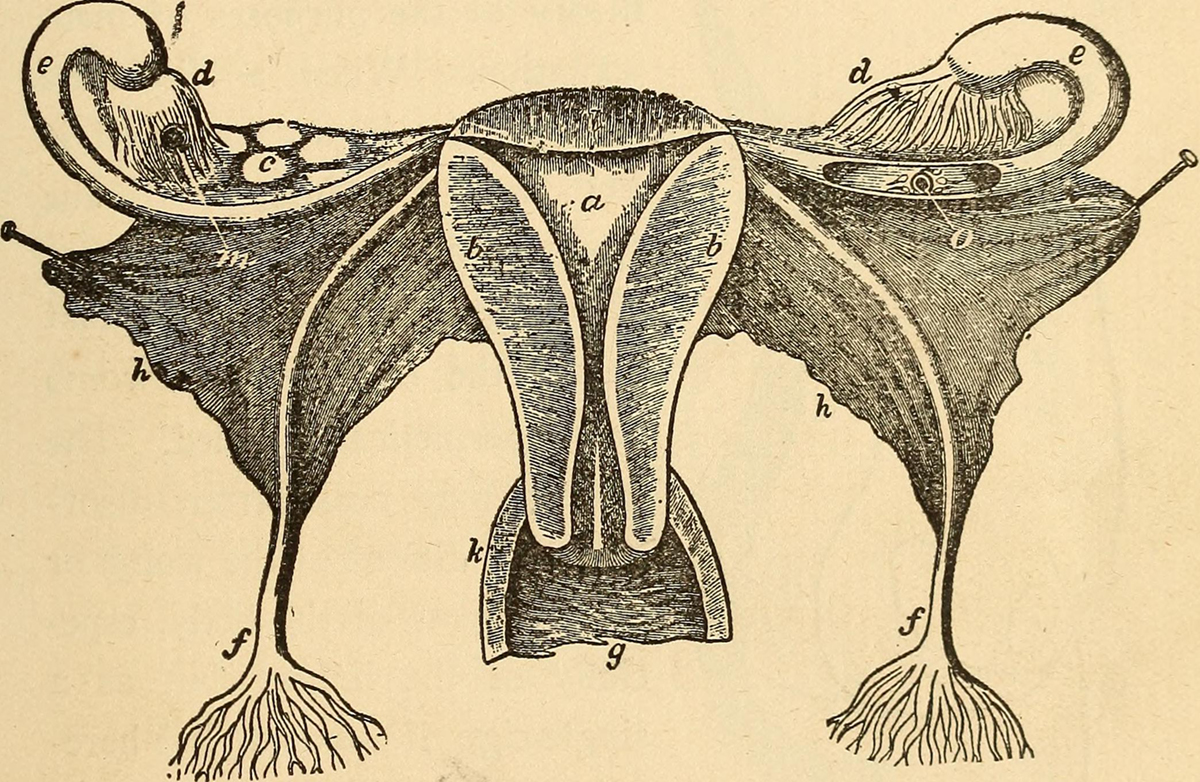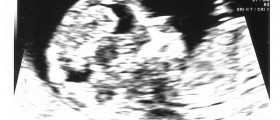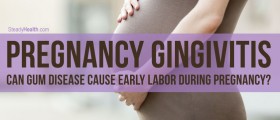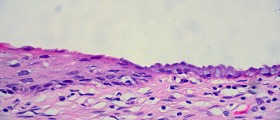
Spotting During the First Trimester
Numerous changes will target a woman during the initial weeks of the pregnancy. Also, every pregnancy is different and thus, these weeks can be different as well. There is a problem that might be present among most women in the initial weeks of the pregnancy and that is spotting. The spotting is name for a brown or red bloody vaginal discharge. The following text will have this issue as a subject.
Cause
Spotting occurs regularly during the first trimester, but this is a problem that should not cause any concerns since it is present in one third of all pregnancy cases. If spotting occurs along with the lower back pain or lower abdomen cramping it may suggest a more serious problem. The problems felt in these cases resemble the ones felt during the period. After some activities, like sex, exercise or a busy day, spotting issues may appear and this should suggest that these activities should be reduced, at least until the spotting ends. Once the blastocysts enter the uterine wall, the thick areas of blood vessels located in the endometrium will cause the spotting and this is a biological explanation for this problem. The name blastocyst is associated with a fertilized egg, which hasn’t still entered the uterine wall. The spotting is caused by entering of the blastocyst in the uterine wall and this will release some blood. Also, some people say that spotting occurs at the period of time when period would have appeared if the woman were not pregnant.
However, spotting during the early weeks of pregnancy may suggest a more serious problem. In great majority of cases, this will not occur, but if spotting is accompanied by pain or if healthy bleeding is present, it is best to see a doctor. Such situations can occur if a pregnancy is ectopic or it is located outside the uterus and would result in a miscarriage. Always see a doctor if pain is present or the spotting alters in any way. The normal and common spotting will be in brown or pink color, but if it is bright red, doctor should be visited as soon as possible. This would suggest that the spotting has blood clots and this can be caused by a very serious medical problem, which demands treatment. The spotting we have been discussing occurs during the first trimester, when it is normal and causes no need for panic. But if it occurs during the second or third trimester, the doctor should be visited immediately since this can suggest a more serious problem.

















Your thoughts on this
Loading...